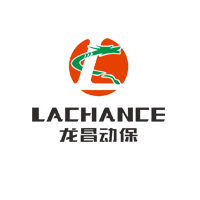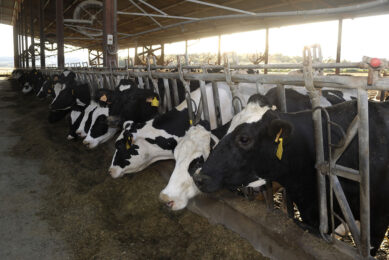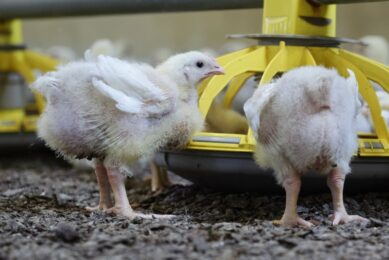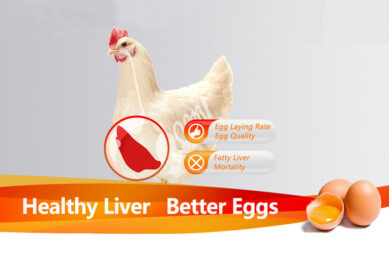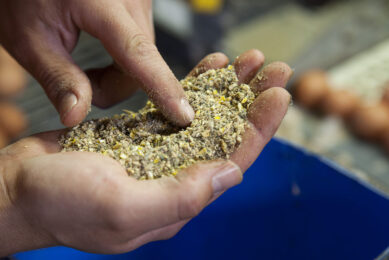Broiler partner of efficiency gains and cost reduction
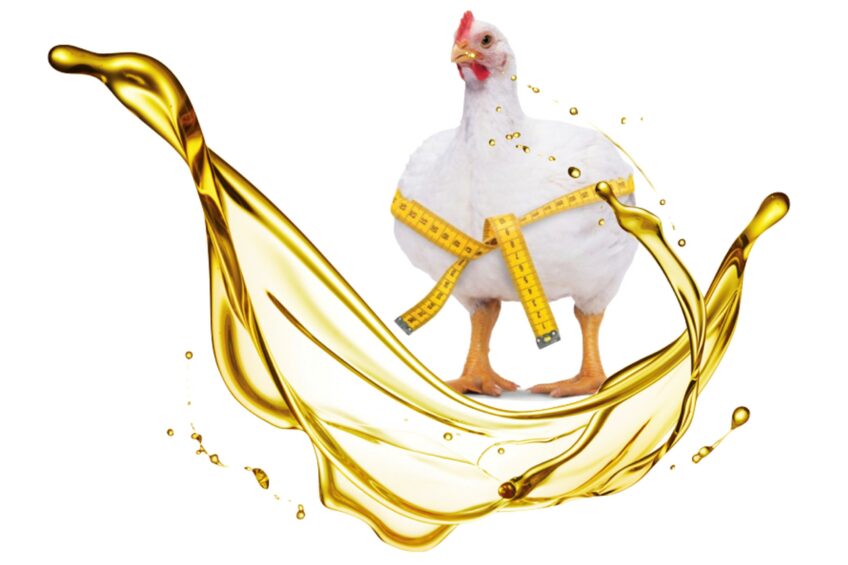
The high cost of feedstuff materials is one of the major factors affecting the net profit of poultry husbandry. Seeking and formulating effective methods for achieving the objective of efficiency gains and cost reductions is a hot point with extensive discussion and positive exploration by livestock enterprises and experts.
Most studies have been conducted on the replacement of feedstuff materials when mentioning the concepts of efficiency gains and cost reductions. Replacing high-priced feedstuff materials with low-priced materials and using enzymes (non-starch polysaccharides enzyme, phytase, or endogenous enzymes, etc.) in combination has been widely used. This will promote the digestion and absorption of nutrients and prevent the reduction of growth performance induced by replacing feedstuff materials.
Lipids are a common feedstuff material that plays an important role in the cost of poultry husbandry. Lipids as an indispensable energy material in poultry diets not only provide metabolic energy but also play the role of a slow-release agent for the food in the digestive tract of birds.
As we all know, broiler chicks have a relatively short intestinal digestive system, which leads to a short time of feed in the digestive tract and fast emptying, and further results in the nutrients being excreted without sufficient digestion and absorption, feed efficiency was therefore reduced. Lipids could retard the speed of feed through the digestive tract, thus improving the efficient utilisation of nutrients. But a high proportion of lipid supplementation not only increases the cost of diets but also induces diarrhoea in poultry. Low-quality lipids, in particular, will impair the liver of poultry, thus leading to immeasurable loss.
While poultry feed has a high proportion of lipids – typically 5-8% – the price of lipids continues to rise. In 2022, the price of soybean oil remained above 10 yuan/kg, which contributes to cost pressure on poultry husbandry. Obviously, methods related to saving cost by increasing energy utilisation in feed, reducing energy waste, and ameliorating harmful effects induced by a high proportion of lipids have become a breakthrough point for achieving the objective of efficiency gains and cost reductions.
Bile acids
Bile acids, as an important active material that promotes the digestion and absorption of lipid and lipid-soluble substances, play an important role in lipid replacement and efficiency gains and cost reductions. It has been reported that bile acids with a 19 hydrophilic-lipophilic balance value are the only substance in vertebrates that promotes lipid digestion and absorption, which plays an important role in the stages of emulsification, digestion, and absorption.
Bile acids allow lipid to form small lipid droplets in the intestinal tract through emulsification, thus increasing the contact area between lipid and digestive enzymes. It could bind with lipase to change its spatial structure, thus activating the lipase and making it exert biological activity in the small intestine. Additionally, bile acids are the carrier for the absorption of long-chain fatty acids molecules and could promote the absorption of fatty acids, causing it to enter into the enterohepatic circulation for reuse.
Studies indicated that the metabolic energy of diet formulations could be reduced by 20-50 kcals by supplementing 150-300 g/t bile acids product with 30% bile acids contents to the diet of broiler chicks, without having an impact performance. Feeding broiler chicks with bile acids could improve carcass quality and productive performance, Moreover, fat digestibility increased by 15-30%, fully eviscerated percentage enhanced by 0.8-1.5%, feed conversion ratio reduced by 1-3%, and slaughter age advanced by 2-3 days.
Trail 1: Effects of dietary supplementation of bile acids on the productive performance of broiler chicks
A total of 2,400 Arbor Acres Plus broiler chicks were randomly assigned into 2 groups, namely the control group and the trial group. There were 12 replicates in each group and 100 birds per replicate (50 roosters and 50 hens).
Birds in the control group were fed a basal diet, while birds in the experimental group were fed with the basal diet supplemented with 300 mg/kg bile acids product with 20% contents (Runeon).
Table 1 – Effects of dietary supplementation of bile acids on the productive performance of broiler chicks
Results indicated a significant increase in final body weight and body weight gain. In addition, the feed conversion ratio and mortality rate decreased, and the European production efficiency index increased to some extent. In summary, as the price of feedstuff materials remains high, supplementing bile acids to the diet of broiler chicks were beneficial to improve performance and increase production benefit, which was an effective strategy to achieve the objective of efficiency gains and cost reductions in broiler husbandry.
Trial 2: Effects of dietary supplementation of bile acids on the productive performance and lipid metabolism in Guangxi Sanhuang chicks
A total of 1,200 80-day-old hens (Guangxi Yulin Sanhuang chicks) with an initial body weight of 900 g were randomly assigned into 4 groups with 3 replicates per treatment and 100 birds per replicate. The experimental period was 39 days, including 4 days pre-trial and 35 days for the formal experiment.
Table 2 – Effects of dietary supplementation of graded levels of bile acidss on the growth performance of Guangxi Sanhuang chicks
Table 3 – Effects of dietary supplementation of graded levels of bile acids on the nutrient digestibility of Guangxi Sanhuang chicks
Table 4 – Effects of dietary supplementation of graded levels of bile acids on the body fat distribution of Guangxi Sanhuang chicks
Results indicated that feeding Guangxi Sanhuang chicks with a bile acids product with 30% contents (Runeon) containing diet reduced feed conversion ratio and increased apparent crude fat digestibility, beneficial to promoting the growth. Additionally, the supplementation of bile acids had positive effects on the increase of fat content in the thigh muscle. In summary, the suitable dose of Runeon used in the diet of Guangxi Yulin Sanhuang chicks was 350 mg/kg.


